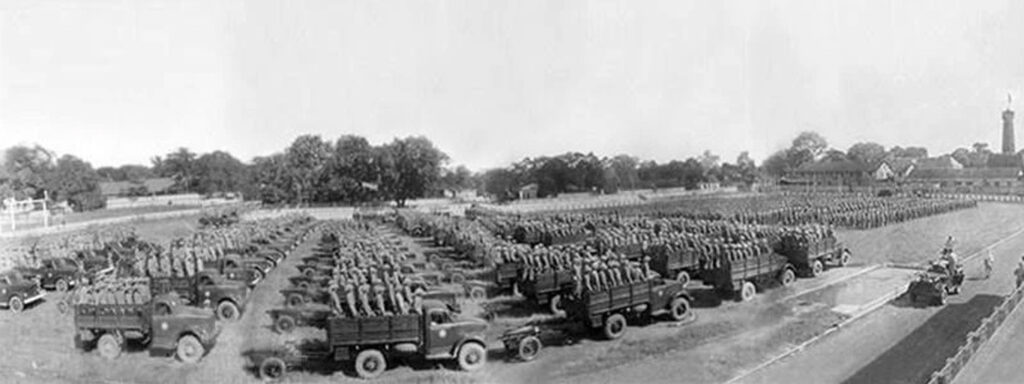THÔNG BÁO CỦA BAN TỔ CHỨC
TÓP THÍ SINH
TIN TỨC
Lịch sử Biên niên Đảng Cộng sản Việt Nam – Tập 2 (Nxb Chính trị quốc gia Hà Nội – 2008)
NĂM 1937 TỪ NGÀY 1-1 ĐẾN NGÀY 13-3 Các cuộc biểu tình nhân dịp “đón” Gôđa Trước phong trào [...]
Ngày lịch sử – Giải phóng Thủ đô 10-10-1954
Với chiến thắng Điện Biên Phủ “lừng lẫy năm châu, chấn động địa cầu”, Pháp buộc phải ký Hiệp định [...]
Chính quyền Hà Nội những năm đầu kháng chiến
CHÍNH QUYỀN THÀNH PHỐ HÀ NỘI TRONG NHỮNG NĂM ĐẦU TOÀN QUỐC KHÁNG CHIẾN (12/1946 – 5/1949) 1. Chính [...]
VIDEO

Bộ sưu tập 99+ ảnh hoa tặng người yêu miễn phí full HD
Hoa cho những người yêu thích luôn là một món quà tuyệt vời để thể [...]
Th2
Bộ sưu tập hình ảnh Momiji Sohma khiến fan Fruits Basket mê mẩn
Momiji Sohma là một trong những nhân vật nổi tiếng nhất trong rổ trái cây, [...]
Th2
Top 100+ tranh tô màu Tanjiro chất lượng cao cho bé yêu
Bé nhà bạn là fan của bộ manga Kimetsu no Yaiba? Cùng thỏa sức sáng [...]
Th2
Bộ sưu tập hình ảnh phong cảnh hoa cải vàng đẹp mê hồn
Phong cảnh của mù tạt màu vàng luôn để lại ấn tượng khó quên với [...]
Th2
Bộ sưu tập 99+ avatar ảnh đôi hyouka đẹp nhất miễn phí
Bạn đang tìm kiếm một hình đại diện ảnh đôi độc đáo và dễ thương [...]
Th2
Bộ sưu tập hình nền phong cảnh biển hoàng hôn tuyệt đẹp
Hình nền cảnh quan hoàng hôn mang lại cảm giác bình yên, lãng mạn và [...]
Th2
Ngắm nhìn vẻ đẹp dịu dàng của hoa thanh cúc qua hình ảnh
Hoa hoa cúc với vẻ đẹp dịu dàng, tinh tế đã trở thành bông hoa [...]
Th2
50+ hình ảnh Gabi Braun đầy cảm xúc từ Attack on Titan
Gabi Braun là một nhân vật nổi bật trong cuộc tấn công vào Titan, được [...]
Th2
Top 99+ ảnh avatar nhóm chất siêu ngầu miễn phí 2024
Vui lòng giải phóng sự sáng tạo của bạn và thể hiện tính cách độc [...]
Th2


















